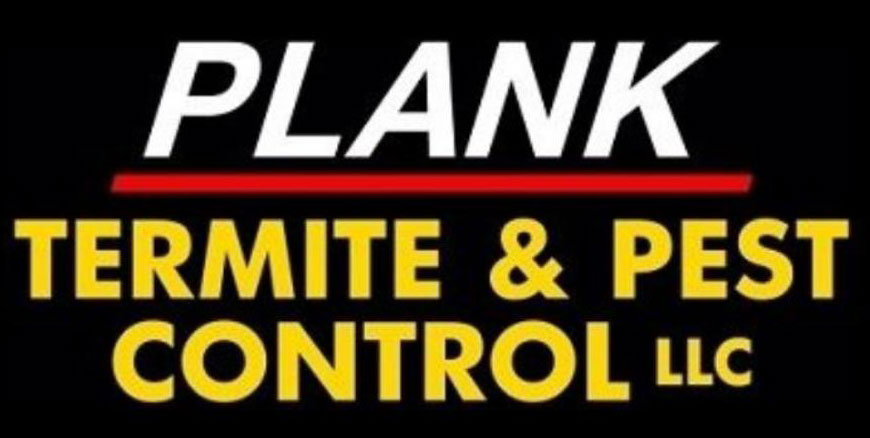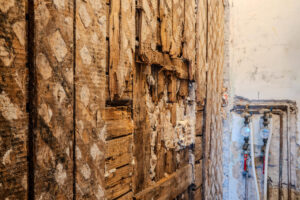When protecting your home from termites, misinformation is almost as damaging as pests. Many homeowners feel caught between conflicting pieces of advice about treatments. This confusion can lead to stress and poor decisions that may do more harm than good.
Our team has conducted thorough research on common termite myths with insights from experts and real-life case studies. For instance, contrary to popular belief that termites only infest homes in warmer months, these persistent insects pose a year-round threat, even in colder climates. Understanding the true behaviors of termites and the available treatment options will help you make informed decisions to protect your home effectively.
Common Termite Myths
Myth I – Termites Are Seasonal
Many people believe that termites are only active during the warmer months, but this is not true. Termites remain active all year round and do not hibernate during winter. Even in winter, these pests continue to burrow deeply into wooden structures in search of warmth, causing significant damage that often goes unnoticed until it’s too late.
Homeowners can effectively prioritize year-round prevention and treatment measures by understanding that termites are not bound by the seasons. It’s important to remain vigilant throughout the year and not lower our guard just because the weather has cooled down. Taking proactive steps to protect our homes from termites ensures we don’t fall victim to structural damage caused by these relentless insects.
Myth II – Brick Houses Are Termite-Proof
It’s also commonly believed that brick exteriors make buildings impervious to termite infestations. This is a dangerous misconception, as termites can exploit even the tiniest cracks in the brickwork or foundation to access the wooden framework inside. Once inside, they can cause significant damage without visible external signs, putting brick homeowners at risk of undetected termite infestations.
This myth is a source of false reassurance for many homeowners with brick houses. Understanding that no home is completely safe from termites emphasizes the need for regular inspections and preventive measures, regardless of the type of exterior your home has.
Myth III – Visible Damage Means Infestation
It’s easy to assume that noticeable damage indicates a recent termite infestation, but unfortunately, this is not always the case. Termites are quiet invaders, and by the time visible signs such as discolored drywall, tiny holes in wood, or piles of sawdust appear, these destructive insects have likely been at work for an extended period—potentially years.
This myth underscores the importance of routine termite inspections as part of a preventative maintenance plan. Identifying subtle signs of termite activity early can prevent extensive damage and hefty repair costs. Homeowners should be mindful of these indirect indications and act promptly upon discovery to mitigate potential infestation impacts.
The misconceptions surrounding termite behavior and their ability to infiltrate various types of homes illuminate the necessity for factual awareness and proactive pest control practices. By dispelling these myths, homeowners can take informed steps towards safeguarding their properties against the silent yet formidable threats termites pose.
For professional assistance and further guidance on effective long-term termite prevention, please contact PlankPest at 573-368-3333. Protect your home today!

